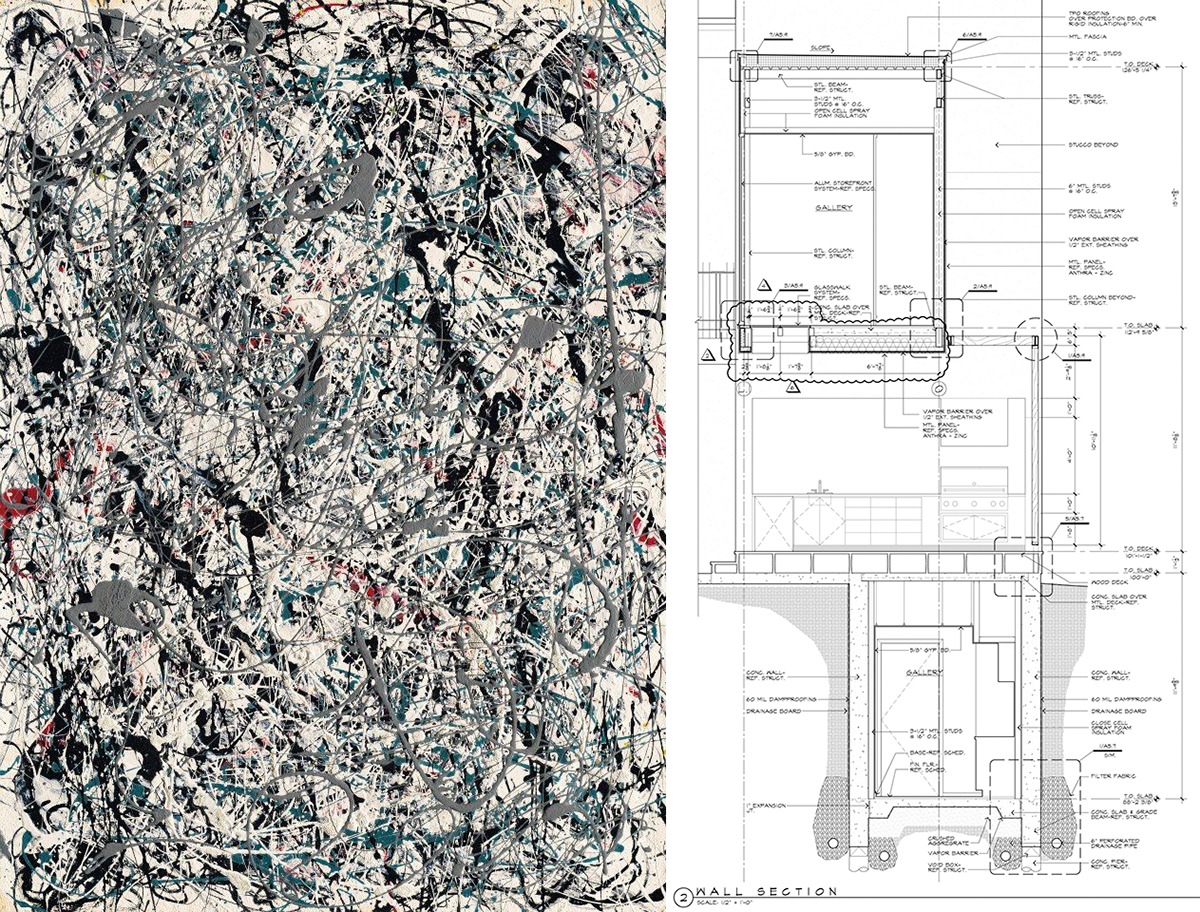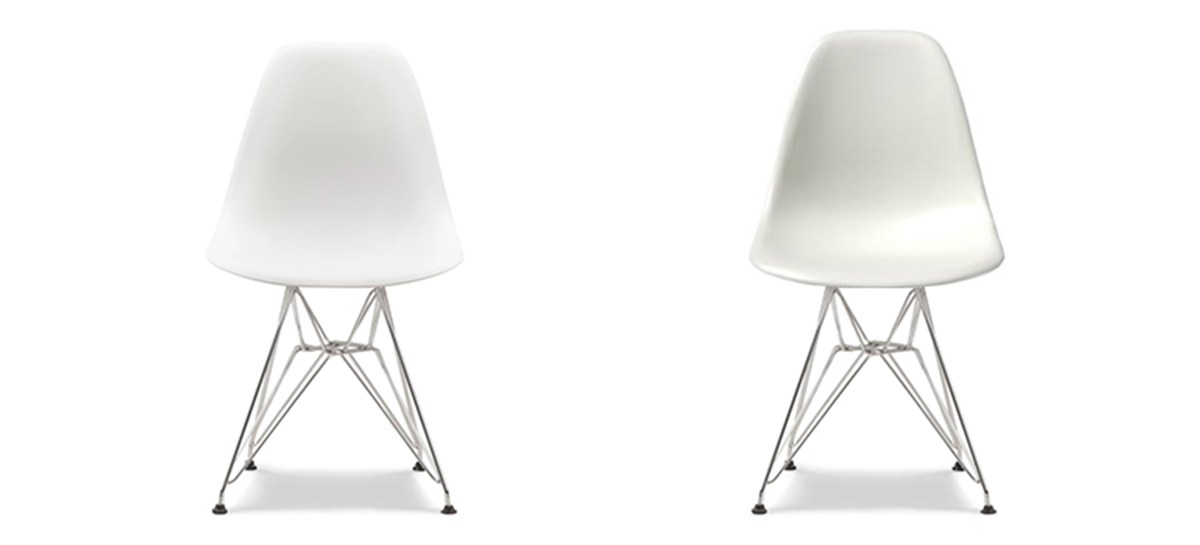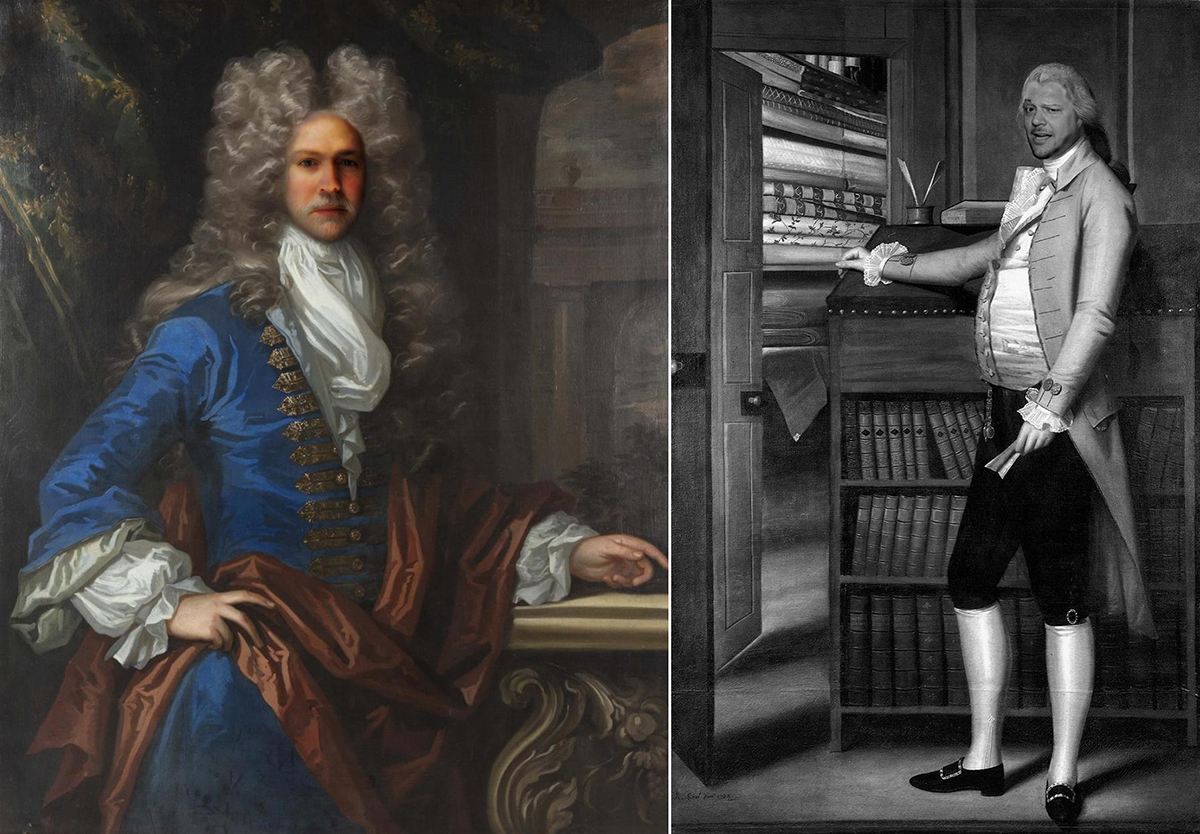We are all familiar with the phrase “style over substance,” but those words might mean something else to architects. If I were to look at a project and describe it with this particular phrase, there is no question that this would reflect a negative opinion. But is it unnecessarily harsh, or does it have a place in any conversation where architecture is discussed? Let’s find out in today’s episode.
When Andrew and I chose “Style over Substance” as today’s topic, my mind went negative instantaneously … but does it always have to be negative? I’m fairly confident that the answer to that question is always “Yes”. Or at least I think it does until we get into today’s discussion – maybe you can change my mind, I remain skeptical but open to the possibility.
So what exactly does this particular phrase mean? While the phrase is used in a myriad of situations, for our purpose, I think we can define it in its simplest terms – that it is more important for something to look good than to actually BE good. The subjective part of this phrase always comes down to the opinion of the person making the observation and whenever creative industries are involved, that opinion is always subject to further evaluation.
 Complete artistic expression compared with something slightly less so
Complete artistic expression compared with something slightly less so
Does “substance” limit or restrict the creative process? [2:30 mark]
Whenever you start your creative process with a piece of white paper, with few things in front of you other than the client’s wishes and programming requirements, at what point should you consider the realities of practical matters such as structure, HVAC, topography, budget, etc.? Should you limit your creative process by solving problems that you know will need to be addressed this early?
I tend to think it is my responsibility to think of these things right from the beginning – that if I know something needs to be considered, why would I wait to consider that now? At the same time, I am well aware that this sort of consideration can, and frequently does, limit creativity. I can’t help but look at the work generated by Avant-garde architects and know that they aren’t thinking about where the roof hatch is going to go during the initial design process. This is obviously a nuanced conversation and I am not writing out the entire thought process here (that’s what the podcast is for.)
 Which house would you rather live in?
Which house would you rather live in?
During the creative process, can the graphics change or influence your opinion of the work? [19:24 mark]
If it looks good, it obviously must BE good. When I was in college, we had a guy who could draw the most amazing drawings you’ve ever seen – freehand sketches, marker renderings, night perspectives … NIGHT PERSPECTIVES!! Do you know how hard that is? There were no computers where you could model the work and simply change the time of day, this was in the early 1990s and you had to draw perspectives the old fashioned way and let’s be honest, that has always been hard for most people. In the episode, I tell the story of how this particular person would skip 90% of the classes, come to the studio for a week and just crank out an amazing presentation – one that all the jurors would see and just think “This guy is next level!” … but his projects never worked.
 One of these chairs costs $395 and the other less than $100 … but which one? scroll to the bottom for the answer.
One of these chairs costs $395 and the other less than $100 … but which one? scroll to the bottom for the answer.
Authentic versus Reproduction [36:15 mark]
The “licensed authentic vs. reproduction” argument is super old and the side of the fence that most people position themselves on seems to be directly related to the amount of discretionary income they have available. Many of the manufacturers of these “knockoffs” claim that they follow the original specification when it comes to size, quality, and for the most part – material (nobody is stuffing cushions with horsehair and straw anymore). What this example really boils down to is design aesthetics – they look identical and most people are drawn to these items for their appearance so if the options are to save up $1,400 to get these chairs as licensed by Herman Miller OR spend $400 and get ones that looked exactly the same … well, you can do the math.
Can you “Steal” Architecture Designs? [38:46 mark]
Is it possible to steal someone’s architectural designs? Is imitation truly the sincerest form of flattery? Or is it just a lazy and cheap business model. I had some experiences with this idea while working at a previous firm. We had a potential client ask us to repeat a previously designed house – essentially jut change the title block and sell the drawings to them (for pennies on the dollar, of course). It should come as no surprise that we declined. This particular client was not deterred so their solution was to take the images of our design and bring them to another firm to recreate and build OUR design! Well, it was not exact of course but it still left that firm a bit perturbed. Unfortunately, we discovered that there was not any legal actions to take as it was not an “exact” replication of our work. The laws surrounding copying other’s work are very difficult and arduous to prove. It seems to be happening in China for certain in the past decade. Imitation may not be flattery, but it seems to be big business.

It’s entirely possible that the question we considered this week is either completely easy to answer or so ridiculous that the answer doesn’t matter. My vote is on the later. [50:28 mark]
"For $1 billion dollars, would you dress up as an 18th Century Gentleman – which means wig, powdered face, pants down to the knees followed by stockings, buckled shoes … a fake beauty mark – the works, for 100% of your awake hours for the rest of your life? You only have to wear this outfit when in the presence of another person. Also, the $1 Billion dollars, and the things that come from that billion dollars, evaporates upon your death – meaning you cannot bequeath any portion of it to someone else."

Just imagine that you have to dress in this manner for the rest of your life … I don’t think all your money is what people would be talking about when you walked into the room.
So as we discussed all the various meanings and instances of style over substance, we were unable to change our thoughts on the matter. Typically it cannot escape the negative connotation. In a few rare instances, this does actually happen, but those are special circumstances. Andrew and I both seem to agree that the proper balance of Substance and Style is required for every design project and individual designers seem to lean to one direction or the other but the end result should include both.
Cheers and Stay Safe,







